Preparing to host a European Tour event is something which golf clubs all over the continent, as well as further afield, aspire to. It is the ultimate compliment to the quality of your facilities and golf course that the best players in the world are willing to travel and compete there.
This is particularly true for this season as the ongoing COVID-19 pandemic means that players have to be selective about when and where they play, with scheduling requiring even more careful thought than usual.
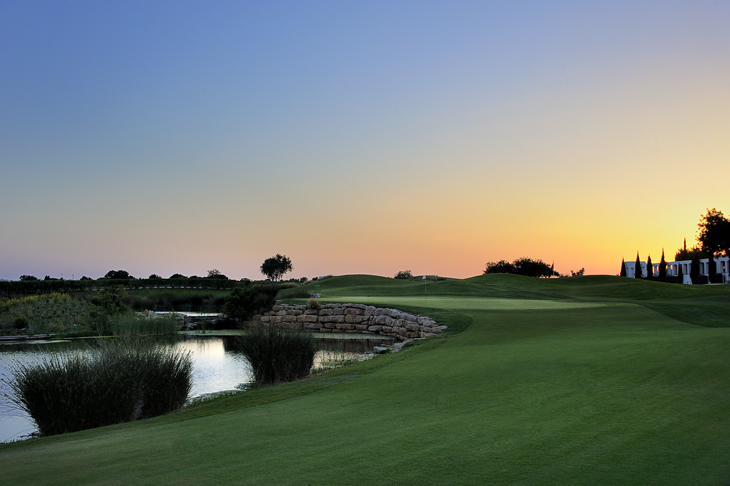
So how do golf clubs and their greens staff prepare their course for a European Tour event, and how have the challenges presented by this year's event changed the way in which this happens?
To find out, we spoke to Rui Grave who is the Head Greenkeeper at the Dom Pedro Victoria Course in Vilamoura, which hosted the 2020 Portugal Masters.
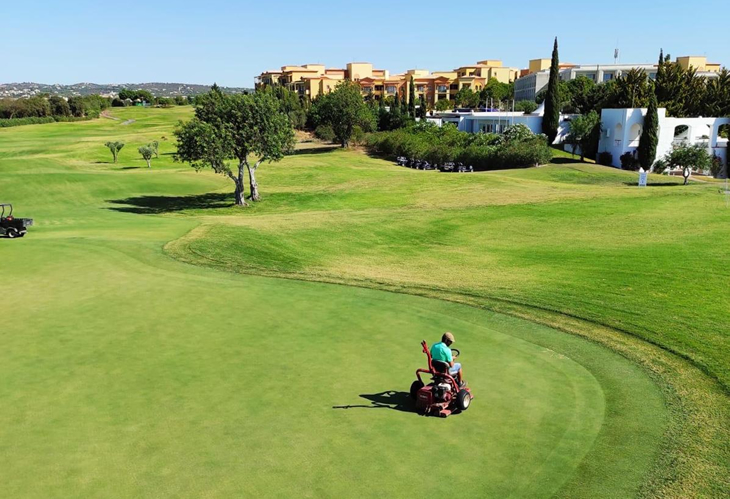
Rui takes us through the hours worked by greens staff during a normal tournament week, the differences in the course setup compared to when the public play, and the addition of a new Bermuda rough to provide a greater challenge to the players this year...
Hi Rui, thanks for your time. Firstly, how has COVID-19 restricted or hindered you and your team in the build up to this week's event?
Well we have had many months without the full team working because the course was closed for around five months. We have only recently been able to get back to our whole staff working in order to prepare the course for the tournament, so yes it has been difficult to recover after such a challenging period.
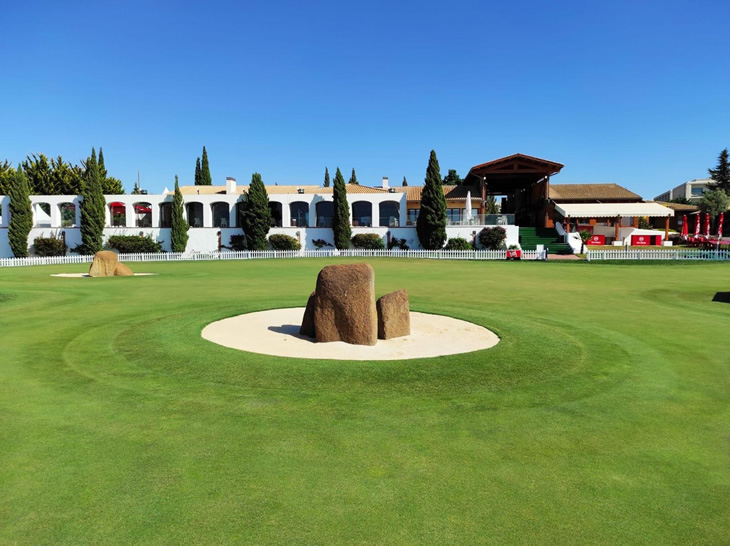
But as soon as we knew that this tournament would be taking place in September, we moved quickly to ensure that we had everyone working and so that has made this week possible.
From a greenkeeper's perspective, the fact that the course was closed during the COVID lockdown was a positive as it gave us time to let the new Bermuda rough grow in order to make it a real challenge for the players this year.
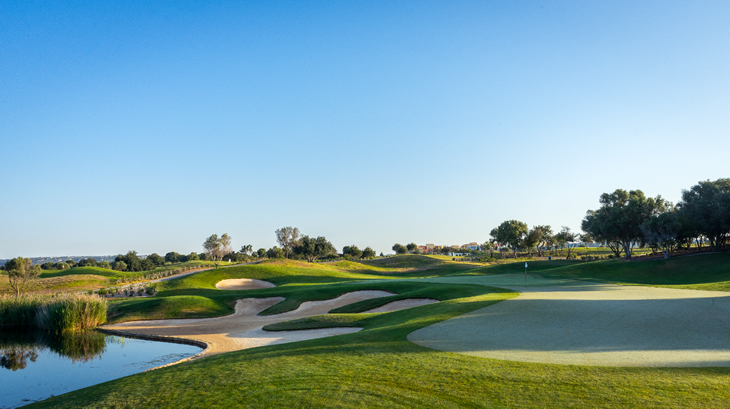
Without the usual tourism and members playing on the course, we could allow the grass to grow to a better length before then cutting it back a little for the event.
You mentioned the new Bermuda grass which you have embedded. How long has this taken to settle in and why was the decision taken to relay it?
It was a job that started about 3 years ago, and it was done because we had noticed that in the past 15 years or so the quality and amount of grass had been decreasing. So we decided that it would better support the sustainability of our environment, and make more financial sense, to create a warm season rough which recovered the grass.
When deciding on the thickness of the rough, how do you strike a balance between penalising golfers who miss fairways, without making it impossible to advance the ball properly? Who is involved in this decision making?
Two years ago the rough was in full growth in Spring, rather than in the Autumn when the tournament is typically held, which is why the players are noticing that the rough is much more difficult this year.
It was not quite ready for last year’s event, however the course is in fantastic condition this year with more definite fairways. Usually the decision making for course setup takes place between the staff at the golf course, the European Tour agronomy staff and the tournament director.
This year it was a pretty simple decision because although often they like to make the rough heavy in order to protect the course for a tournament, we had to consider that we had a large number of players coming to play the course prior the event due to issues with travel and practice at the moment.
If the rough was too thick I think the general feedback would've been more negative, as no player likes to lose balls when they miss the fairway!
The rough does need to be punishing here though, because the fairways are large and good scores are still achievable when you put yourself in play.
Is the course always set up with a winning score in mind, or do the conditions for that week dictate the score instead? How much influence can green staff have in the scores that the players will be shooting?
I think in some ways it's hard to make the course too difficult for players of this quality because the fairways are spacious enough, and the greens big enough to receive the ball. So if they're hitting the fairways and greens and avoiding the rough then anything is possible, as shown with today's scores*!
- Liam Johnson led after the first round with a 10 under par 61.
During a tournament week, what type of hours are you expecting to work?
The most difficult thing is not the number of the hours we work, but the actual hours that we have to be out working. We start at 4.30am to make sure everything is prepared for the day, and then return at 5pm to work up until roughly 10pm.
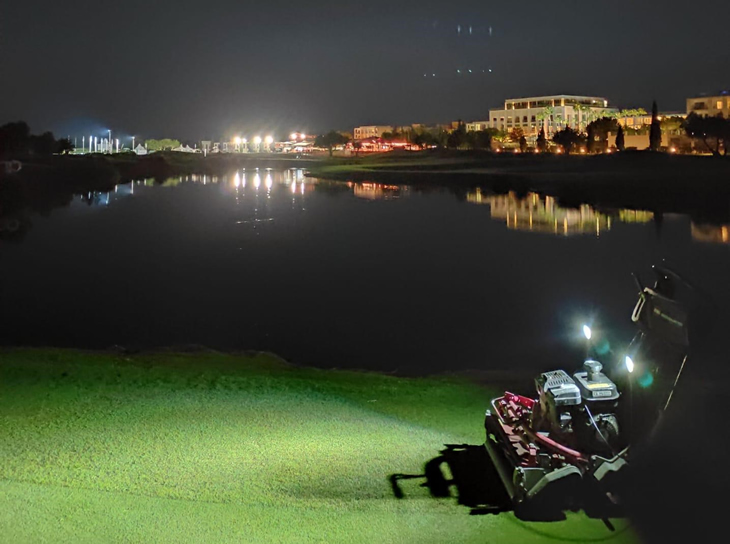
This usually would work out to be 9/10 hours a day per person, however it’s tough to manage as we’re working in the dark to ensure everything is prepared for the next day's golf.
We are very fortunate to have specialist equipment that enables us to collect data, so that we can work out how fast, how soft or how challenging the course becomes when we apply water via technology.
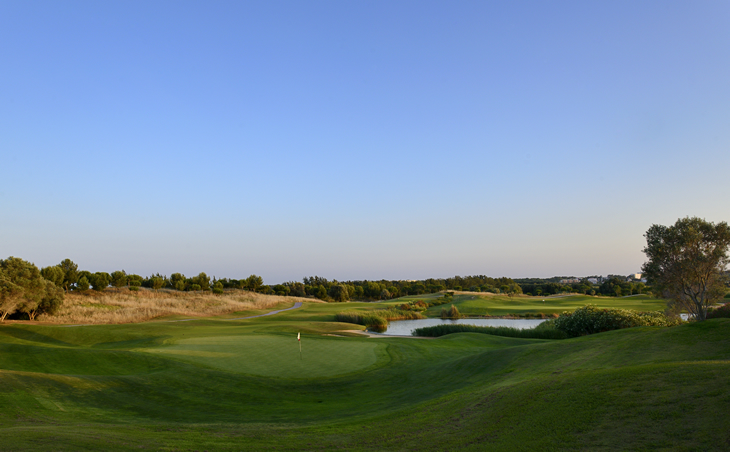
It enables us to slightly alter things on a particular day when necessary, for example if conditions had been too easy or too hard on the previous day.
Sounds very interesting! Thanks very much for your time and best of luck this week Rui.
My pleasure, thank you.
This interview took place during the first round of the 2020 Portugal Masters.
If you enjoyed this, you may also like:
Q&A: Adrian Rietveld, TaylorMade Golf
Course Review: Le Golf National